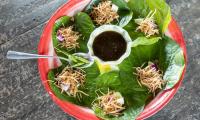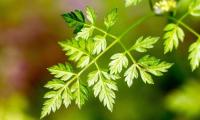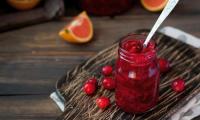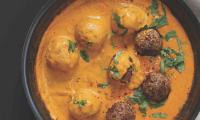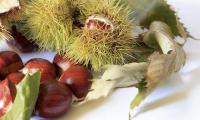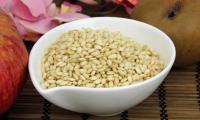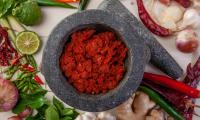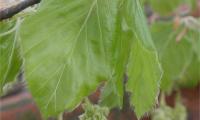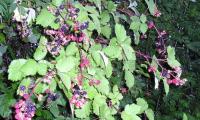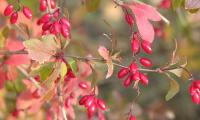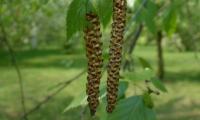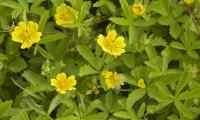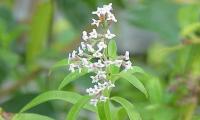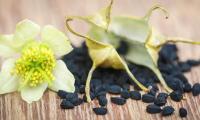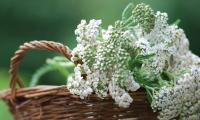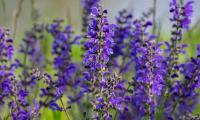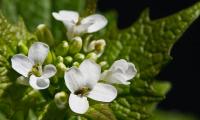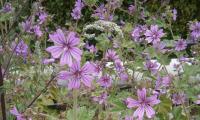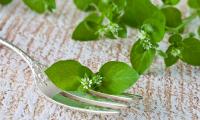The best perspective for your health
The best perspective for your health
The best perspective for your health
The best perspective for your health
Showing 461-480 of 603 items.
-
162 kcal
-
Water 65%
-
70/07/23
-
Ω-6 (LA) 0.10 g
-
Ω-3 (ALA) 0.00 g
The Miang Kham sauce can also be prepared vegan as a dip for a wrap. See separate recipe for organic quality, it is not raw.
-
58 kcal
-
Water 82%
-
67/29/04
-
Ω-6 (LA) 0 g
-
Ω-3 (ALA) 0 g
Chervil or garden chervil is edible raw. It is easy to confuse it with other, sometimes poisonous, plant species from the same family. Organic?
-
123 kcal
-
Water 67%
-
98/01/00
-
Ω-6 (LA) 0.03 g
-
Ω-3 (ALA) 0.01 g
The cranberry-orange sauce with apple and fresh ginger is particularly suitable for Christmas dishes and can be prepared as a separate recipe.
-
73 kcal
-
Water 85%
-
58/14/28
-
Ω-6 (LA) 0.68 g
-
Ω-3 (ALA) 0.01 g
Makhani sauce is a basic Indian sauce with fresh tomatoes for butter chicken. Vegan, organic, prepared with lentils, beans or seitan, it is very healthy.
-
196 kcal
-
Water 52%
-
94/03/03
-
Ω-6 (LA) 0.44 g
-
Ω-3 (ALA) 0.05 g
Chestnuts (Maroni, Marroni) are sweet chestnuts.
The differences are size, peelability and intensity of flavor. Both are edible raw.
-
350 kcal
-
Water 12%
-
90/08/01
-
Ω-6 (LA) 0.39 g
-
Ω-3 (ALA) 0.01 g
Sweet brown rice or mochi rice (mochi rice, raw) is a wholegrain round rice with sticky properties. It comes from Japan and is suitable for desserts. Organic?
-
65 kcal
-
Water 81%
-
83/13/05
-
Ω-6 (LA) 0.13 g
-
Ω-3 (ALA) 0.02 g
The red Thai curry paste serves as the basis for Thai red curry. It is usually not raw, but is available in organic quality.
-
0 kcal
-
-
00/00/00
-
Ω-6 (LA) 0 g
-
Ω-3 (ALA) 0 g
The young, tender leaves of the common beech are suitable for consumption raw. Beech leaves can be collected in the wild from April to May. Organic?
-
0 kcal
-
-
00/00/00
-
Ω-6 (LA) 0 g
-
Ω-3 (ALA) 0 g
The edible and tasty raw blackberry shoots are harvested in spring. Organic blackberry leaf shoots are preferable.
-
0 kcal
-
-
00/00/00
-
Ω-6 (LA) 0 g
-
Ω-3 (ALA) 0 g
Barberry (barberry, raw) contains berberine, which helps with pancreatitis. It also lowers blood pressure, blood sugar and blood fat levels. Organic?
-
0 kcal
-
-
00/00/00
-
Ω-6 (LA) 0 g
-
Ω-3 (ALA) 0 g
Birch leaves and birch blossoms from the silver birch can be found dried in tea blends, but they can also be used raw in the kitchen. Organic?
-
0 kcal
-
-
00/00/00
-
Ω-6 (LA) 0 g
-
Ω-3 (ALA) 0 g
Creeping cinquefoil is a traditional medicinal plant. Raw flowers and leaves as well as cooked roots of the cinquefoil are edible. Organic?
-
235 kcal
-
Water 16%
-
58/38/04
-
Ω-6 (LA) 0.28 g
-
Ω-3 (ALA) 0.21 g
The leaves of the lemon verbena (organic?) have a fresh scent when raw, reminiscent of lemon. The aromatic tea is called lemon verbena or verbena.
-
524 kcal
-
Water 4%
-
04/31/65
-
Ω-6 (LA) 8.0 g
-
Ω-3 (ALA) 0.40 g
Black cumin (raw) is known as a spice and medicinal product. It aids digestion and gives dishes a spicy flavor. Organic quality?
-
31 kcal
-
Water 91%
-
60/34/06
-
Ω-6 (LA) 0 g
-
Ω-3 (ALA) 0 g
Nasturtium (raw, fresh) originally comes from South and Central America. It enriches salads with a pleasant spiciness. Organic quality?
-
37 kcal
-
-
76/17/07
-
Ω-6 (LA) 0 g
-
Ω-3 (ALA) 0 g
Common yarrow (basic herb) is a wild-growing medicinal plant with many uses in the kitchen, raw or dried. Organic quality?
-
59 kcal
-
Water 85%
-
72/13/15
-
Ω-6 (LA) 0.08 g
-
Ω-3 (ALA) 0.20 g
Flowers and leaves of meadow sage (Salvia pratensis) are used raw (organic?) as an ingredient in many dishes. As a medicinal plant, it inhibits fungi, viruses a
-
70 kcal
-
Water 75%
-
60/38/02
-
Ω-6 (LA) 0.03 g
-
Ω-3 (ALA) 0.07 g
Garlic mustard, which is rich in vitamin C, is best eaten raw. When cooked, the taste reminiscent of garlic, mustard and pepper evaporates. Organic?
-
71 kcal
-
Water 76%
-
71/26/03
-
Ω-6 (LA) 0.20 g
-
Ω-3 (ALA) 0.05 g
The wild mallow (Cheeseweed) is one of the oldest medicinal plants and has been well researched in clinical studies. It is used raw or dried. Organic?
-
33 kcal
-
Water 88%
-
88/09/03
-
Ω-6 (LA) 0 g
-
Ω-3 (ALA) 0 g
Common chickweed (chickweed) is a nutrient-rich and versatile food plant that is available in the wild almost all year round. Organic?

